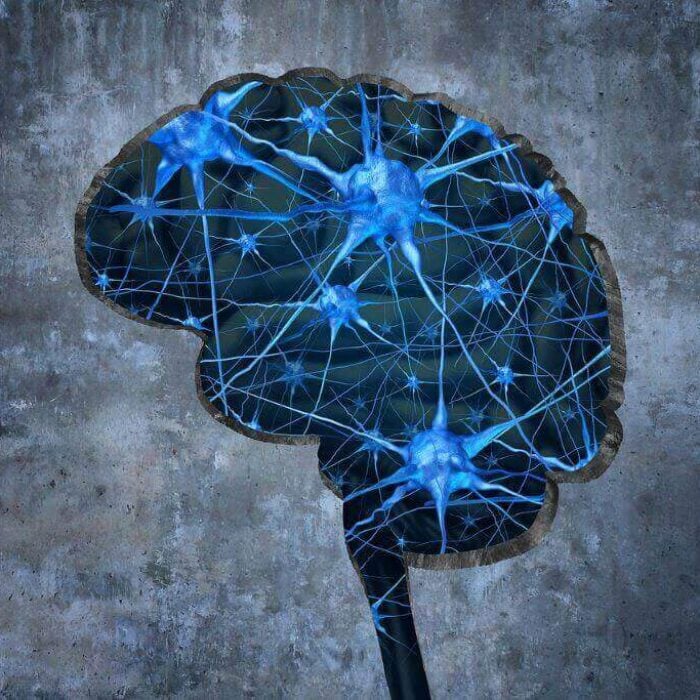Half of all people over the age of 50 will experience chronic pain. Headache and low back pain are the most common types of pain but cancer, arthritis, and other medical conditions cause pain. For centuries, patients had to endure terrible pain, especially in the final days of their lives. Modern patients are fortunate in that scientists have created powerful opiate painkillers from extracts of the opium poppy plant.
Opiates relieve many types of chronic pain. In the 1980s, doctors reserved opiates strictly for pain resulting from terminal illnesses. Since the 1990s, scientists have developed a variety of synthetic and semi-synthetic opiates that could safely control pain ranging from moderate to severe. In the decades since, these medications have helped countless patients lead relatively active and pain-free lives.
Because it helps so many people, pain management is now an integral part of medical ethics. Some even refer to pain management as the “fifth vital sign,” along with temperature, pulse, respirations, and blood pressure. To allow someone to languish in pain is unethical and unnecessary.
Healthcare providers wrote 259 million prescriptions for painkillers in 2012. Without these analgesics, millions of Americans would live in pain. While most people take prescription opiates as directed, some use the drugs to get high. Others take the analgesic for a painful condition other than the one for which the doctor prescribed.
As with any medication, there are side effects associated with prescription painkillers. The risk for experiencing side effects increases with use, so anyone who uses opiates for a long time is at high risk for side effects. Using these drugs frequently or for a long time greatly increases the risk for overdose and death. In fact, there have been more than 100,000 opiate-related deaths since the late 1990s.
Long-term use of prescription opiates also greatly increases the risk for addiction and physical dependence. Addiction causes cravings and drug-seeking behavior when the individual stops using opiates. Sudden cessation causes the physically dependent person to experience severe and protracted withdrawal symptoms.
Quitting opiates also causes pain to return in people suffering from chronic conditions.
In an effort to reduce the number of opiate-related overdoses and deaths, legislatures and drug manufacturers have restricted the distribution of certain opiates. Purdue Pharma recently changed its oxycodone formula to make it more difficult to abuse. In a recent statement, the American Academy of Neurology said that the risks of opiate use outweigh the benefits in the treatment of chronic pain conditions, such as headache, fibromyalgia, and lower back pain. The Joint Commission, a not-for-profit organization that accredits and certifies more than 20,500 health care organizations and programs in the United States, suggests pharmacologic and non-pharmacologic approaches when it comes to chronic pain.
While restricting these drugs will certainly reduce the risk for addiction, dependence, and overdose death, restrictions will greatly affect those who use opiates for pain management. Addicted and dependent people struggle with cravings and withdrawal symptoms without access to opiates. Pain will return for people who take opiates as part of treatment for a chronic condition. People who have become dependent or addicted after using opiates as prescribed for pain will suffer a one-two punch, facing the return of pain after enduring withdrawal symptoms.
The Waismann Method® helps opiate-dependent people through detoxification and withdrawal symptoms so they may seek alternate approaches to pain management.
WAISMANN METHOD® has been a leading provider of medical treatment and detoxification of opioid dependence since 1999. Led by Director Michael H. Lowenstein, M.D., the Waismann Method® offers a range of comprehensive treatment programs including “rapid detox,” medically-assisted detoxification and other forms of treatment. Dr. Lowenstein graduated from the Loma Linda School of Medicine; he is also a board-certified anesthesiologist, additionally he has completed other certifications in Addiction Medicine and Pain Management. Dr. Lowenstein is considered an expert in the field of pain management.
The major difference between WAISMANN METHOD® treatment and other detoxification centers is our comprehensive safety protocol, outstanding reputation and extensive experience.
- Patients are admitted to a private room in our full service JCAHO accredited hospital.
- We can offer a number of different medical detoxifications based on individuals’ specific needs.
- In most cases, patients are admitted a day prior to rapid detox for observation, pre-medication and pre-examination.
- Our Rapid Detox is performed in an ICU unit by our Multi Board Certified Anesthesiologists with over 15 years of experience.
We provide an exclusive post rapid detoxification retreat where patients are professionally cared for 24/7 in order to regulate basic functions, prevent medical complications and immediate relapse.
To learn more about the Waismann Method for opiate addiction and its proven approach, call us at (310) 205-0808













